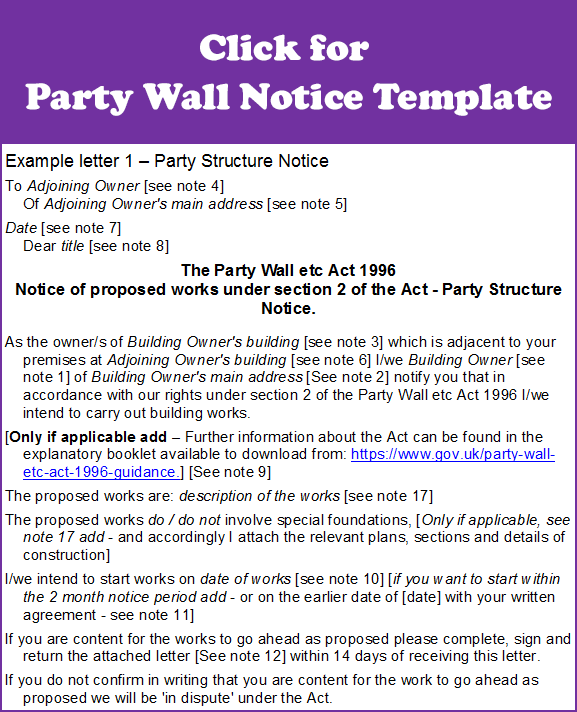
Best Techniques For Maintaining Mass Wood Buildings
The Advantages Of Concrete Maintaining Walls
Using a mix of various rocks or materials in gabion wall surfaces can develop a distinctly distinct and artistic appearance. Experiment with various dimensions, shades, and textures of rocks to achieve an aesthetically attractive mosaic impact. For an extra avant-garde style, intersperse unconventional materials like colored glass, ceramic pieces, or recycled materials like steel things or bricks. This strategy enables a high level of modification, enabling the gabion wall to reflect individual style and complement the surrounding landscape. Additionally, retaining walls can provide crucial seating areas in gardens, doubling as functional rest spots apart from their landscape retention capabilities.
Improper Water Drainage
- The elevation of the compound wall surface relies on numerous aspects, consisting of the function of the wall, local regulations, and your details demands.
- The foundation of a preserving wall surface works as its backbone, providing the architectural integrity needed to stand up to the forces of gravity, soil pressure, and also water flow.
- Sturdy concrete preserving walls can dramatically enhance your home's worth and performance, using a solid return on your financial investment via boosted functionality and landscape security.
- All-natural rock wall surfaces are generally much more costly yet provide unequaled appeal and durability.
- Whether you choose a function wall, yard surrounds, or terracing, the advantages of choosing this sustaining material are clear.
The strategic placement of lights can accentuate the structure and color of the stones, creating a remarkable aesthetic result. Take into consideration making use of LED limelights at the base to cast a higher radiance, highlighting the wall's structure. Solar-powered lights are an environmentally friendly choice, providing convenience of setup without electrical wiring. For an extra subtle atmosphere, embed small LED lights within the gabion, allowing the light to permeate with the rocks.
Just How To Preserve And Fix Your Retaining Wall
For projects where cost-effectiveness is prioritized, dealt with wood can be a feasible alternative. This material offers a cozy, all-natural look but requires treatment to stop decay and offer resistance versus moisture and bugs. Each material we pick is taken into consideration for its environmental viability, aesthetic compatibility, and structural dependability. We likewise consider local climate conditions and dirt key in our material selection procedure, making certain that the ended up product not just looks good yet stands strong against the components. This thorough technique to product option helps assure that each maintaining wall we develop satisfies our requirements for high quality and sustainability. The versatility and ecological compatibility of completely dry pile stone wall surfaces make them a favored option for improving outdoor spaces.
Thoroughly position the maintaining wall surface rocks, beginning with the lower layer and working your way up. Utilize a level to examine the alignment often and make adjustments as needed. Protect each layer of rocks making use of building and construction adhesive or pins, depending upon the stone kind and producer's suggestions. Mark the layout of the wall using risks and string to assist your excavation.

